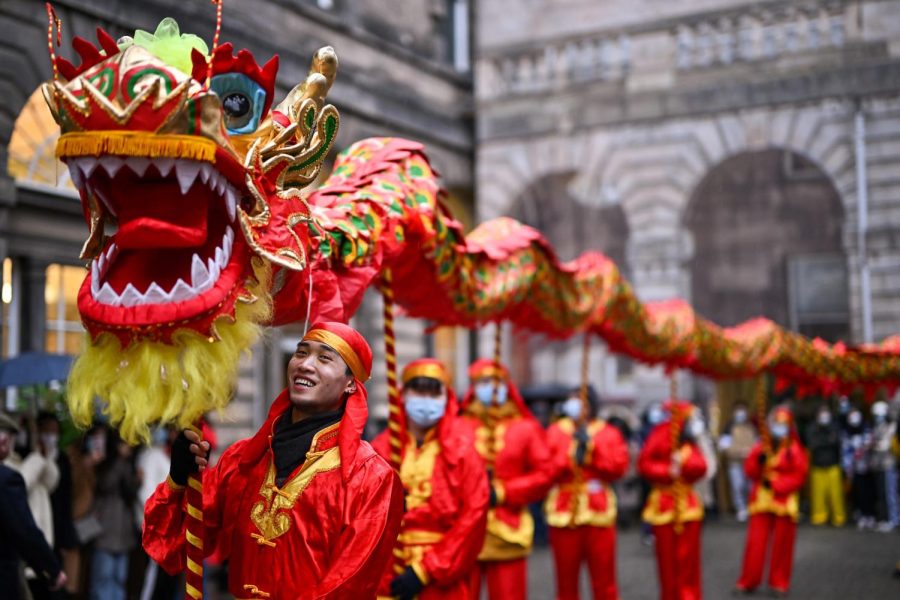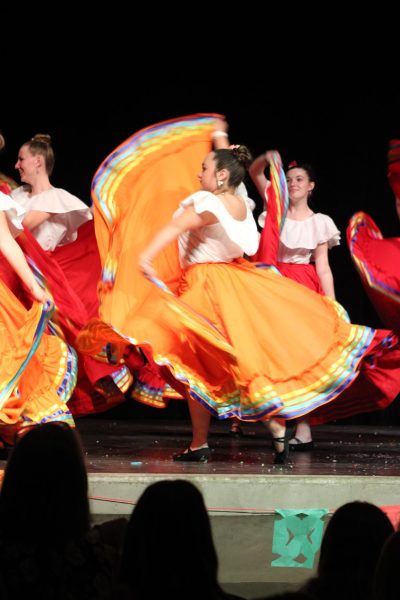Home for the Holidays— But Which Holiday?
Santa Claus. Kris Kringle. Old Saint Nick. Regardless of the name, we all know him. He visits our houses every year on the evening of the 24th of December. He has a long white beard, wears all red, and travels via a sled pulled by reindeer. By and large, “Christmas” is one of the most well-known and widely celebrated holidays of our world. Although it’s the most popular, Christmas is only one of many fascinating winter holidays, which have roots stretching back millenia. From Hanukkah to Kwanzaa, the winter season is steeped with culture and traditions to usher in the new year.
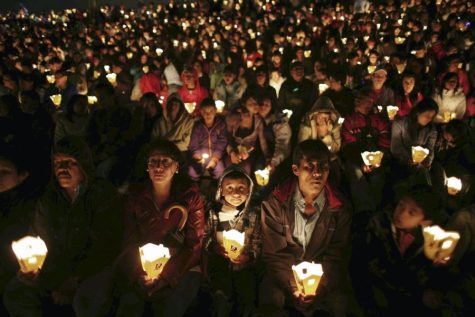
One such celebration is Las Posadas, a religious festival that takes place in Mexico and some regions of the United States. In Spanish, “Las Posadas” means “the inns”; from December 16th to the 24th, families commemorate Mary and Joseph’s Biblical search for an inn the night of Jesus’ birth. The event spans 9 days, with a party held at a different family’s home every evening. Before attending the gathering, the participants gather in a procession, which is normally led by a symbolic angel. After the commemorative procession, the guests adjourn to lively parties, replete with prayers, delicious food and drink, music, and even fireworks and piñatas!
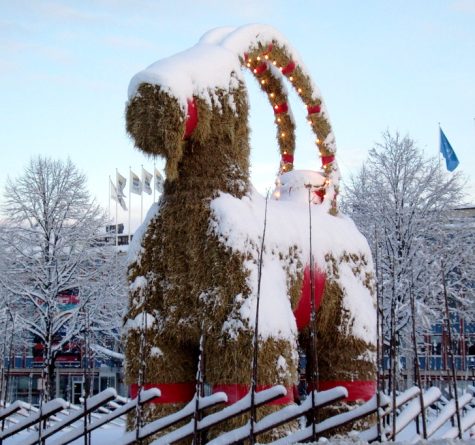
The Winter Solstice is a celebration that occurs on (you guessed it!) the winter solstice of every year, December 21-22. This is the day when half of Earth is tilted the farthest away from the Sun in its orbit, marking the shortest day of the year for people living in the northern Hemisphere. For those below the equator, though, the Winter Solstice occurs in what we call summer! People all around the world celebrate the Winter Solstice. In Iran, the Yalda festival is a holiday that marks the day when an angel of light named Mithra is believed to have been born. The Chinese Dōngzhì festival is a celebration of when the darkness of winter finally surrenders to light, and is often accompanied with special treats like rice balls known as tang yuan. The people of Denmark, Norway, and Sweden, collectively known as Scandinavians, celebrate Yule (or Juul). They host a days-long feast in honor of those held by their ancestors in order to welcome the return of the Scandinavian sun god. In fact, the infamous “Yule Ball” of the Harry Potter series is based on this tradition!
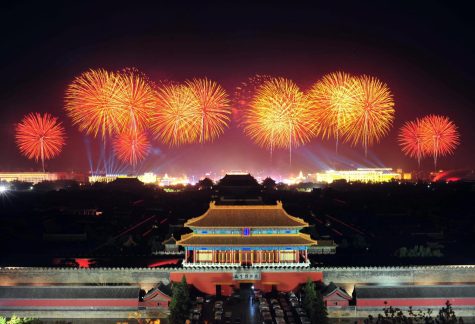
While we celebrate the New Year annually every January 1st, the Chinese New Year is based on the lunar calendar. This calendar changes with the moon’s cycles, so the Chinese New Year isn’t always celebrated on the same day! This year, it will occur on the 22nd of January. The Chinese New Year is believed to have originated around 3,500 years ago, during the Shang Dynasty. One of the holiday’s most popular legends revolves around a mythical beast named Nian. In order to stop the creature from destroying the towns and communities of China, the people used loud noises and the vibrant color red to scare him away. Today, this tradition has taken the form of firecrackers and red lanterns.
According to Chinese tradition, one’s personality is based on the year they were born, which correlates to a specific zodiac sign. The different zodiac signs are the Rat, Ox, Tiger, Rabbit, Dragon, Snake, Horse, Goat, Monkey, Rooster, Dog, and Pig. What’s your Chinese zodiac sign?
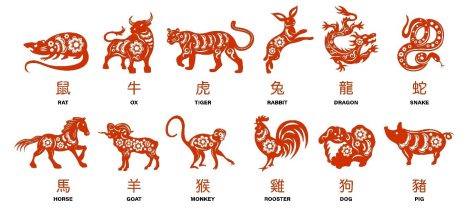
2004: Monkey
2005: Rooster
2006: Dog
2007: Pig
2008: Rat
2009: Ox

"All we have to decide is what to do with the time that is given us."
~J. R. R. Tolkien
